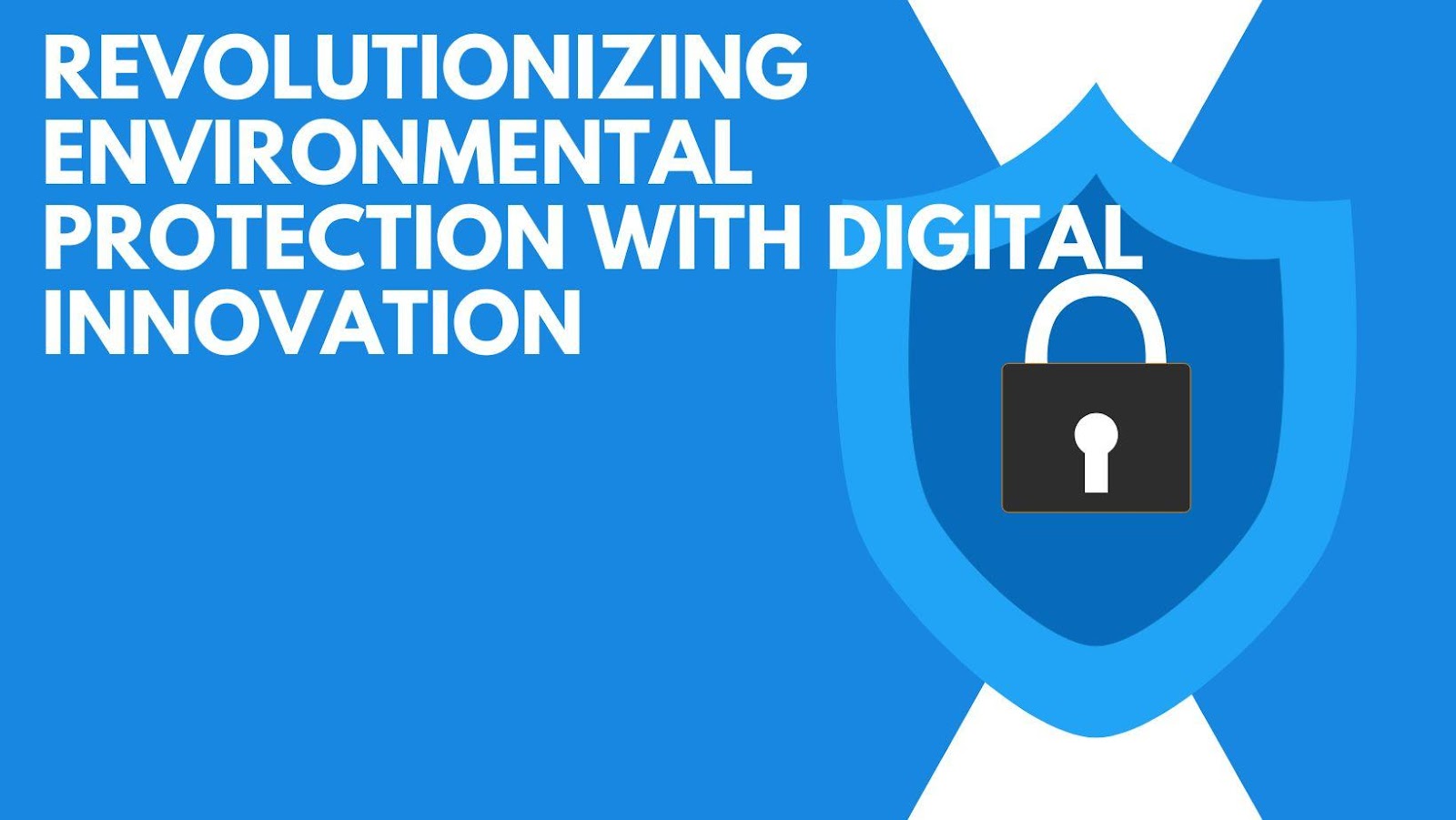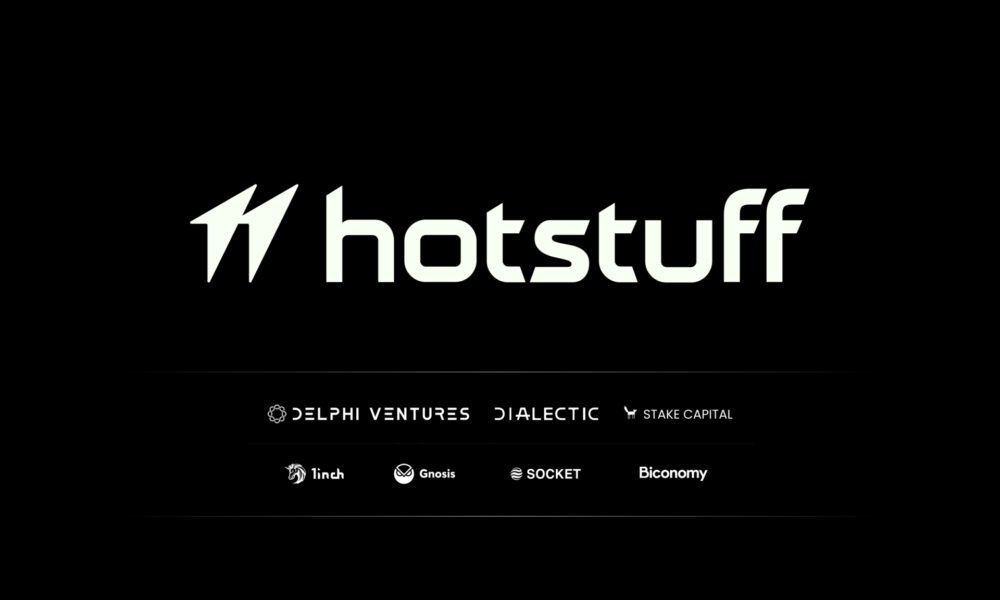The Digital Shift in Sustainability Environmental protection is undergoing a fundamental transformation with the rise of digital technologies. The work of Sneha Deepika Kalagarla sheds light on how modern digital platforms are revolutionizing regulatory frameworks, making compliance monitoring more efficient and transparent. With expertise in technological advancements, The innovative integration of digital solutions that enhance environmental protection efforts while ensuring scalability and sustainability.
Digital Platforms: The New Backbone of Environmental Compliance
Traditional environmental monitoring relied on manual data collection and fragmented systems, leading to inefficiencies and delayed responses to environmental threats. Digital platforms now serve as the backbone of compliance management, streamlining processes through real-time data integration, automated permit tracking, and predictive analytics. Studies show that these platforms have improved environmental monitoring efficiency by 23% and reduced operational costs by 35%.
Enhancing Real-Time Monitoring and Early Detection
One of the most significant innovations in digital environmental management is real-time monitoring. Integrated sensors track air and water quality, hazardous waste levels, and industrial emissions, allowing regulatory agencies to detect environmental risks 47% earlier than before. The use of predictive analytics further enhances early warning systems, reducing environmental response times by 41% and improving compliance accuracy by 95%..
Automation and AI in Environmental Oversight
Artificial intelligence (AI) and automation are transforming how environmental agencies enforce regulations. AI-driven compliance tracking achieves a 95% accuracy rate, significantly reducing human error and expediting decision-making. Machine learning models analyze historical environmental data to predict potential violations, enabling proactive enforcement rather than reactive penalties. This shift allows agencies to allocate resources more efficiently while ensuring higher compliance rates.
Integrated Stakeholder Engagement for Transparency
Digital transformation also promotes greater public engagement in environmental initiatives. Advanced platforms facilitate seamless communication between regulatory agencies, industries, and citizens. Online portals allow stakeholders to access real-time environmental data, track compliance reports, and provide feedback, resulting in a 64% increase in public participation. This transparency builds trust and encourages collective responsibility toward environmental sustainability.
The Role of Cloud Computing and Big Data
Cloud-based environmental management systems offer a scalable solution for processing large volumes of environmental data. By leveraging big data analytics, regulatory bodies can correlate multiple environmental factors—air pollution, water contamination, and land use changes—to gain comprehensive insights into ecosystem health. Cross-agency data sharing, which has improved by 58%, enables collaborative decision-making, ensuring a more holistic approach to environmental protection.
This integrated approach strengthens environmental monitoring capabilities while promoting sustainable resource management practices.
Sustainable Development Through Digital Integration
Aligning digital environmental platforms with sustainable development goals (SDGs) has proven effective in enhancing ecological performance. Organizations implementing these systems have reported a 31.8% improvement in their environmental performance index, while businesses integrating digital solutions have achieved a 28.4% increase in resource utilization efficiency. Digital tracking of sustainability indicators ensures long-term compliance with international environmental standards.
Mobile Technology: Empowering Field Operations
Mobile applications have revolutionized environmental data collection and monitoring, particularly in remote areas. With offline functionality and real-time synchronization, these apps ensure continuous data accuracy, achieving a 94% accuracy rate even in field conditions. Mobile platforms also simplify environmental reporting, reducing data collection time by 48% and significantly improving response efficiency for on-ground teams.
Future Prospects: AI, IoT, and Blockchain Integration
Looking ahead, the integration of AI, the Internet of Things (IoT), and blockchain technology is set to further enhance digital environmental protection frameworks. AI-driven analytics will refine risk prediction models, while IoT-enabled smart sensors will provide even more precise real-time monitoring. Blockchain will add another layer of security and transparency by ensuring tamper-proof environmental records. These advancements promise a more resilient and adaptive environmental protection system.
In conclusion the adoption of digital platforms marks a pivotal shift in how environmental protection is managed and enforced. By enhancing compliance tracking, real-time monitoring, and public engagement, these technologies create a more transparent and efficient regulatory environment. Sneha Deepika Kalagarla highlights the potential of digital transformation in driving sustainable environmental stewardship. As innovation continues, the fusion of AI, cloud computing, and data analytics will play a crucial role in shaping the future of environmental protection, ensuring a cleaner and more sustainable world for future generations.



































